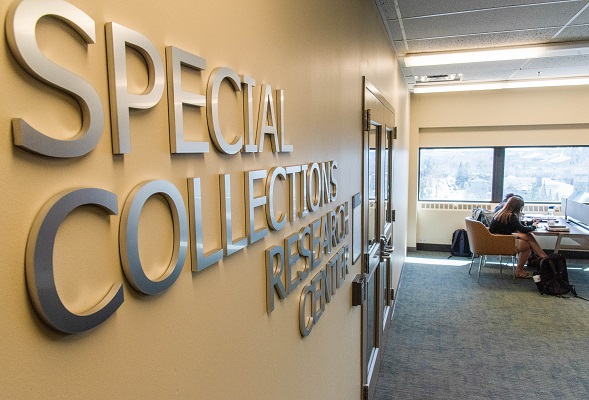Jean Fagan Yellin/Harriet Jacobs Research Collection, 1855-2017 (majority within 1968-2010)
10 Linear Feet — 9 record center boxes, 1 flat oversize box
The Jean Fagan Yellin/Harriet Jacobs Research Collection is approximately 10 linear feet and contains materials between 1855-2017 and primarily between 1968-2010. The collection focuses on the work of Jean Fagan Yellin with most attention to Yellin's research and engagement regarding Harriet Jacobs through correspondence, research files, drafts, reports, clippings, photographs, clippings, and other collected materials.
Other notable topics include her works on antislavery, abolitionism, and feminism during the nineteenth century through additional writings, drafts, and research that would connect with Yellin's work on Harriet Jacobs. Notable strengths of the collection include files related to extensive outreach efforts to public and scholarly audiences about Harriet Jacobs, research files with notes and other documentation including those created during Harriet Jacobs' lifetime, correspondence with the North Carolina archivist George Stevenson in researching "Incidents in the Life of a Slave Girl", and a 1993 interview with Dr. William Knox Jr., a family member of Harriet Jacobs.
Audiovisual materials in the collection have not been digitized.
Jean Fagan Yellin also used extensive abbreviations to describe various professional associations, organizations, projects, and titles within individual files and folder names such as the following:
AAUW: American Association of University Women AHA: American Historical Association ALA: American Literature Association ASA: American Studies Association CAAR: Collegium for African American Research CLA: College Language Association EIAAT: European Imprints of African American Texts HJFP: "Harriet Jacobs Family Papers" ILSG: "Incidents in the Life of a Slave Girl" MELUS: Society for the Study of Multi-Ethnic Literature of the United States MLA: Modern Language Association NCFA: National Collection of Fine Arts, now Smithsonian American Art Museum NEH: National Endowment for the Humanities NEMLA: Northeast Modern Language Association NHI: National Humanities Institute NYC: New York City Humanities Program OHA: Organization of American Historians SHA: Southern Historical Association
